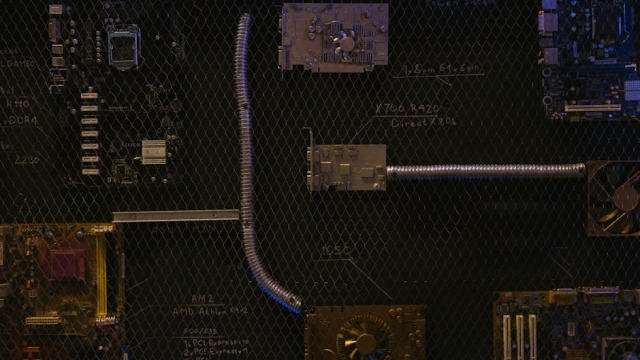
In an era where safety and security have become paramount concerns for homeowners and businesses alike, security cameras play a pivotal role in safeguarding properties. These devices provide peace of mind by allowing individuals to monitor their surroundings, deter potential intruders, and collect evidence in case of incidents. However, with a variety of options available, understanding security camera preferences is essential to make an informed choice that meets specific needs.
Types of Security Cameras: Indoor vs. Outdoor
When exploring security camera preferences, one of the first considerations is the type of camera needed. Security cameras generally fall into two categories: indoor and outdoor models.
Indoor security cameras are designed for use within buildings. They typically feature a compact design and are ideal for monitoring specific areas inside a home or business, such as hallways, living rooms, or entryways. Many indoor models come equipped with features like two-way audio, allowing for communication through the camera, and motion detection that sends alerts to your smartphone when movement is detected.
On the other hand, outdoor security cameras are built to withstand various weather conditions and are often more robust than their indoor counterparts. These cameras usually have a wider field of view and are equipped with enhanced night vision capabilities to ensure visibility in low-light conditions. Outdoor cameras are essential for monitoring driveways, backyards, and entrances, providing comprehensive coverage of the property’s perimeter.
Key Features to Consider When Choosing a Security Camera
Once the type of camera is determined, the next step is to evaluate key features that align with individual security camera preferences. Important elements to consider include:
- Resolution: The clarity of the video footage is crucial. Higher resolution cameras provide more detailed images, making it easier to identify individuals or incidents. Look for cameras offering at least 1080p resolution for optimal performance.
- Night Vision: Many security incidents occur after dark, so having a camera with excellent night vision capabilities is essential. Infrared technology allows cameras to capture clear images in low-light situations.
- Connectivity: Security cameras can be connected via Wi-Fi or wired systems. Wi-Fi cameras offer flexibility in placement and ease of installation, while wired cameras tend to provide more stable connections. Consider the layout of your property when deciding which connectivity option suits your needs.
- Storage Options: Whether opting for cloud storage or local storage, understanding how footage is saved and accessed is important. Some cameras offer continuous recording, while others might only record when motion is detected.
How to Assess Your Specific Security Needs
To determine the best security camera system, it’s vital to assess individual security needs. Start by evaluating the size of the property. Larger properties may require multiple cameras to cover all entry points effectively. Additionally, consider the specific areas that need monitoring; for instance, high-traffic areas may warrant more surveillance than others.
Another factor to consider is the level of security desired. Some may prefer a basic system that offers essential monitoring, while others might want advanced features such as smart home integration or facial recognition technology. Understanding personal preferences will guide the decision-making process and ensure that the chosen system meets all necessary requirements.
Making a Final Decision
After assessing preferences and needs, it’s time to make a final decision on the security camera system. Researching various models and comparing features is crucial. Many manufacturers provide comprehensive guides and comparisons to help consumers understand which products align with their security camera preferences. For instance, options like PoE cameras offer unique benefits in terms of installation and reliability.
In conclusion, selecting the right security camera involves a thoughtful evaluation of types, features, and personal security needs. By taking the time to understand these components, individuals can make informed decisions that enhance their safety and security, ultimately leading to a more secure environment.
